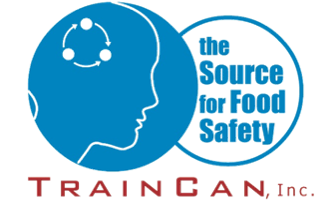U.S. follows Canada with sesame allergy labelling law
Source: U.S. follows Canada with sesame allergy labelling law - Restobiz
There is good news for consumers with a sesame allergy, as food packaging in the United States will be legally obligated to list sesame as an ingredient from the start of 2023.
The newly passed Food Allergy Safety, Treatment, Education, and Research (FASTER) Act of 2021 denotes sesame as America’s ninth “major allergen.” The law will require that sesame be labelled on all packaged foods in the U.S. beginning January 1, 2023.
This is the first time since 2004 that a new allergen has been added to the Food Allergen Labeling and Consumer Protection Act (FALCPA). Sesame joins milk, eggs, fish, shellfish, tree nuts, peanuts, wheat, and soybeans on the official list of U.S. major allergens.
More than 1.1 people in America have some form of sesame allergy, according to a 2019 study published in the journal JAMA (the Journal of American Medical Association). Reactions can vary and in some cases are life-threatening.
Canada already has such a law around sesame.
Food regulated by the Canadian Food Inspection Agency (CFIA) is required to label sources of the top 11 food allergens (plus sulphites) on packaging; two more allergens that the U.S. requires to be clearly disclosed.
Canada’s 11 allergens to be labelled are:
Wheat
Peanuts
Tree Nuts (the specific nut must be declared)
Milk products
Eggs
Soy
Fish (finned – the specific fish must be declared)
Crustacean shellfish and molluscs (the specific shellfish must be declared)
Mustard
Sesame
Gluten (above 20 parts per million)
Sulphites (above 10 parts per million)
In comparison, sesame will become the ninth food allergen for which the U.S. Food and Drug Administration (FDA) requires plain-language labelling. Currently, while sesame is often used in food products, many U.S. labels only read “natural flavours” or “natural spices” rather than specifying that sesame has been used, making finding safe foods difficult for those with a sesame allergy.
Consumers, advocacy groups, and dozens of legislators in the U.S. have been working for years to have sesame added to the list.
Some companies such as Hershey’s and General Mills already include sesame among the allergens they specifically identify on their labels, but it has been up to their discretion until now.
Sesame is often used in foods such as falafel, hummus, and certain rices, while sesame oil is commonly used as an ingredient in Asian cuisine. The allergen can also be found in chips, cereals, snack bars and a variety of other foods.
However, while sesame warnings will be appearing on labels in the coming years, Mashed reports that mustard and certain types of legumes, also the target of campaigns from advocacy groups, will not yet be added.
